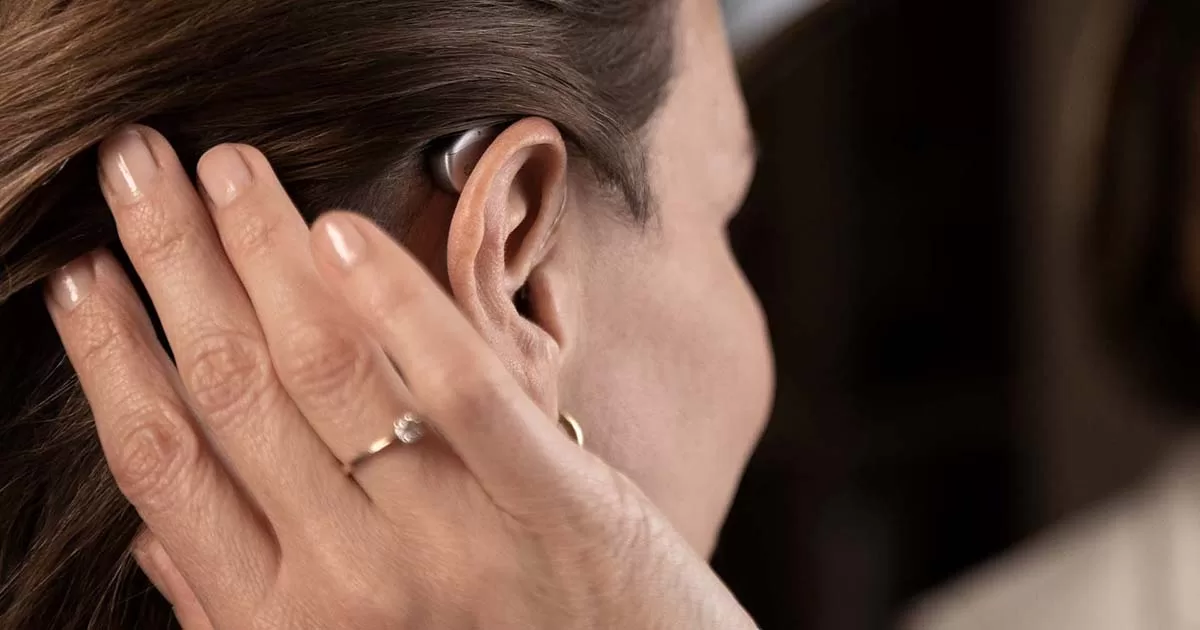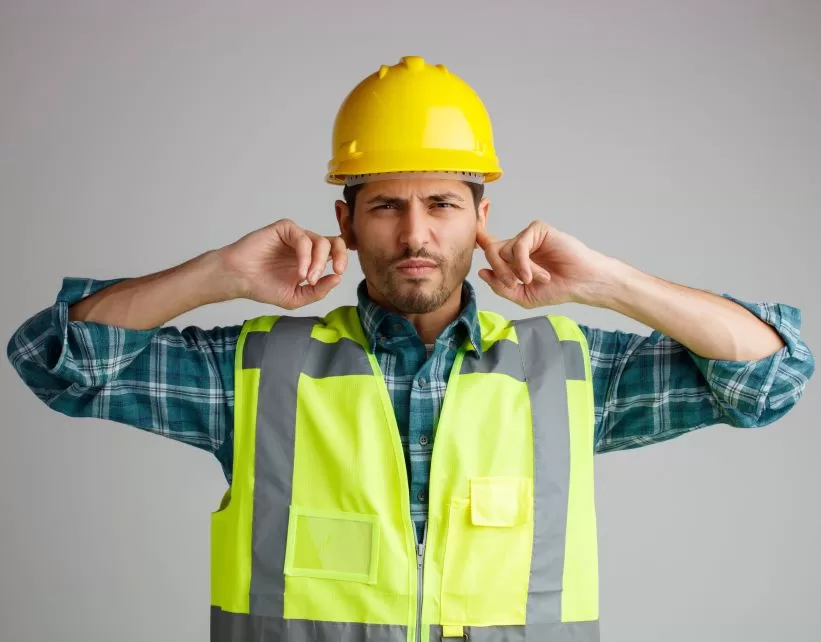Content Navigation
Middle Ear Infection – Otitis Media
A middle ear infection typically occurs when a virus or bacteria enter the middle ear cavity located behind the eardrum. The infection causes inflammation and fluid to build up in the middle ear cavity often resulting in pain, discharge, itchiness, tugging at the ear (young children) and reduced hearing in the affected ear(s). They are often very common in young children but can occur at any age.
There are a number of treatment options for middle ear infection and it is recommended to seek medical treatment from a doctor if you are experiencing the above symptoms. Depending on the severity your doctor may prescribe medication such as an antibiotic or suggest waiting to see if the symptoms go away on their own.
Swimmers Ear – Otitis Externa
Swimmers ear is an infection or inflammation in the ear canal between the eardrum and the outer ear. Common causes include water in the ear canal, dermatitis, overenthusiastic cleaning, chemical irritation or triggered as a result of a middle ear infection.
Treatment options vary depending on the severity and type and it is recommended you seek medical treatment from a doctor to correctly diagnose and treat the infection.
Wax Blockage – Cerumen Occlusion
Wax is produced by small glands inside the ear canal and provides a specific function in protecting the skin inside the ear canal. Typically ears are self-cleaning and the waxworks it’s way out of the ear canal by itself. On occasion the wax is impacted in the ear canal, this may be due to things such as; age – (wax becomes less oily as we age reducing its ability to naturally work its way out of the ear canal), excessive ear hair, bending ear canals etc.
If you have a wax blockage you may notice a reduction in hearing, feeling of fullness in the ear, a ringing/buzzing sound. If you are a hearing aid wearer you may notice reduced function of your hearing aid in the affected ear, excessive wax present on the mould/dome and/or a persistent whistling sound being generated by the hearing aid (known as feedback).
Once identified treatment is relatively simple, your hearing care professional or doctor can diagnose the condition and recommend the best form of treatment such as ear wax removal via micro-suction.
Eustachian Tube Dysfunction
This condition typically occurs when the Eustachian tube which runs from your middle ear into your nasal cavity malfunctions. When the tube does not perform its function correctly a build-up of pressure occurs in the middle ear cavity often causing pain, discomfort, reduced hearing and dizziness. Many of us would have experienced these symptoms during a change in altitude such as when flying or scuba diving.
Allergies and illnesses such as the flu or common cold are typical causes of Eustachian tube dysfunction and it usually corrects itself once the underlying medical condition is treated. For some, it may persist and if this occurs medical treatment by your doctor is recommended.
Meniere’s Disease
Meniere’s disease is a condition that occurs in the inner ear due to an excess build-up of fluid. It can often be a very debilitating condition and commons symptoms include vertigo (often severe), nausea, reduced hearing, ringing in the ears and/or a blocked feeling.
Unfortunately, there is no known medical cure for Meniere’s, however, it can be managed with varying success through medication, diet, exercise, stress reduction and in some cases surgery. If you are experiencing any of the above symptoms then it is recommended you seek medical assistance from your doctor or Ear, Nose and Throat Specialist. Often the symptoms are diagnosed by a hearing care professional during a hearing assessment and patients are then referred to a doctor for further investigation.
If you are experiencing any of the conditions or symptoms mentioned above you should consult with your doctor or one of our Independent Hearing Care professionals.














